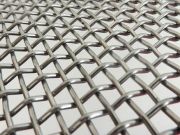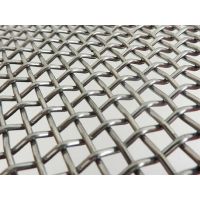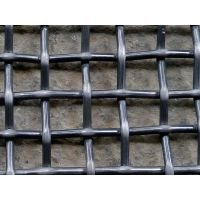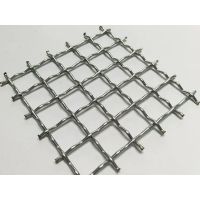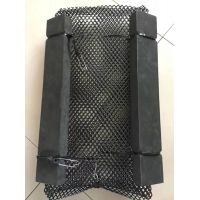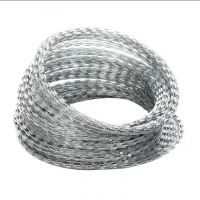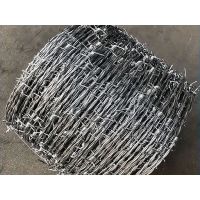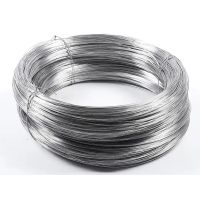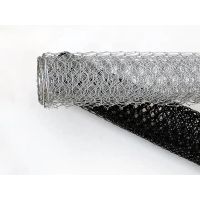Crimped wire mesh is widely utilized across numerous industries and applications. It is produced by weaving pre-crimped wire strands, which have been shaped into a series of waves or corrugations, allowing the wires to lock together and form the mesh’s distinctive structure. This crimping technique enhances the mesh’s stability, enabling it to maintain its form when subjected to pressure or after being cut into sheets or various shapes.
Material
- Stainless Steel: 304 is common and 316 is for tough environments. Both are great for places that need to stay clean, like kitchens and hospitals.
- Carbon Steel: Strong and cheap, good for many industries. It gets a coating to stop rust.
- Galvanized Steel: Comes as hot-dipped for toughness or electro-galvanized for a smooth look.
- Aluminum: Perfect for light, rust-free designs like decorative panels.
- Copper and Brass: Used for their look and germ-fighting properties, ideal for designs and some filters.
- Nickel and Alloys: For the toughest jobs, dealing with intense heat or chemicals. Monel fights chemicals, Inconel resists heat, and Hastelloy handles extreme conditions.


